Optimal Timing for Chimney Sweepings
Chimney sweepings are essential for maintaining safe and efficient fireplace operation. Proper scheduling helps prevent buildup of creosote and soot, reducing fire risk and ensuring optimal performance.
Late summer and early fall are ideal times to schedule chimney cleaning before the heating season begins.
Cleaning after the heating season can identify potential issues and prepare the chimney for the next use.
Postponing chimney maintenance increases the risk of creosote fires and reduced airflow, which can lead to hazardous conditions.
Chimney sweepings are typically recommended once a year, especially for regular fireplace users.
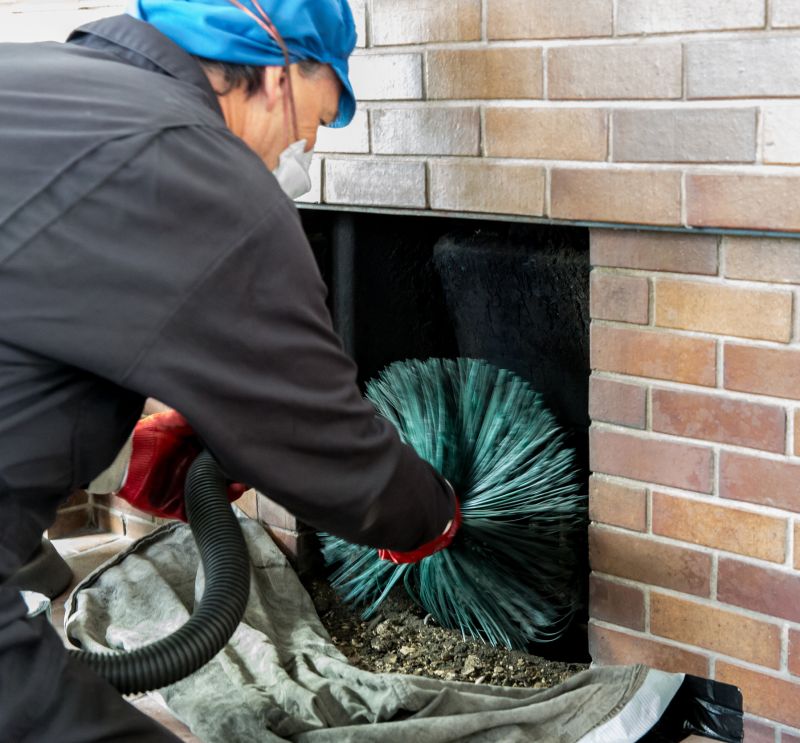
Specialized tools are used to remove creosote and soot buildup efficiently.
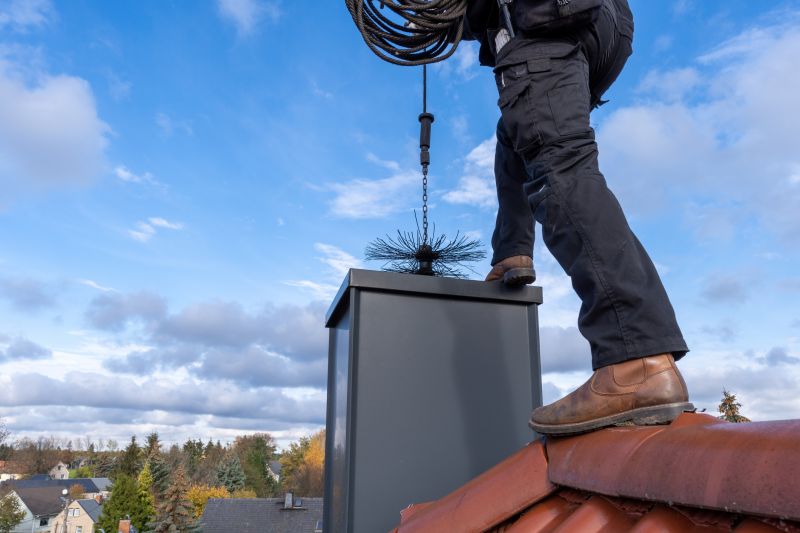
Technicians inspect and clean chimneys to ensure safety and efficiency.
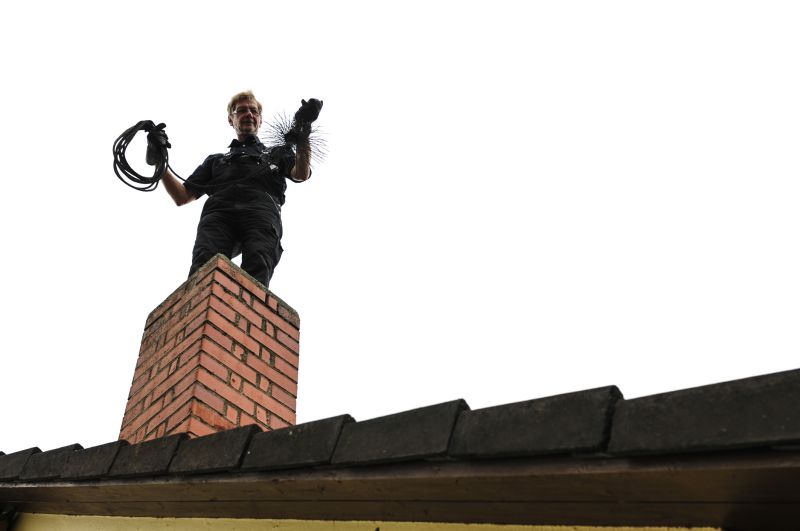
A thoroughly cleaned chimney reduces fire risk and improves airflow.

Ways to make Chimney Sweepings work in tight or awkward layouts.
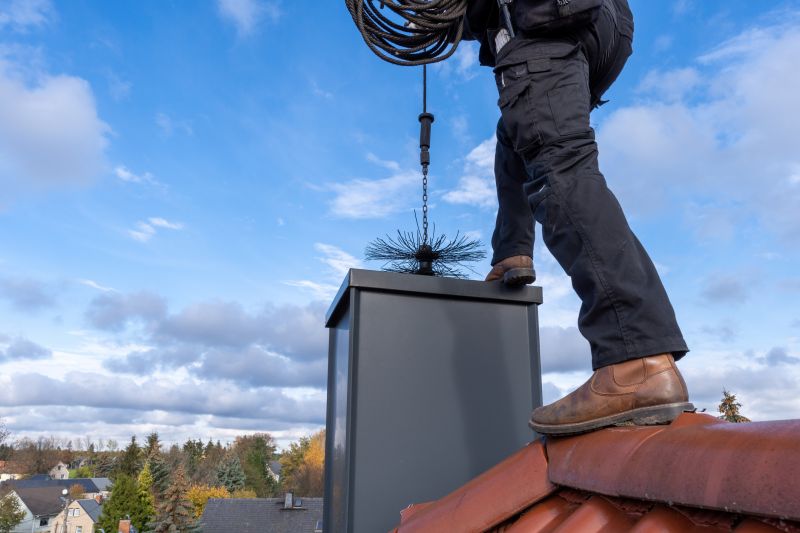
Popular materials for Chimney Sweepings and why they hold up over time.

Simple add-ons that improve Chimney Sweepings without blowing the budget.
| Season | Best Practices |
|---|---|
| Late Summer | Schedule before the heating season begins. |
| Fall | Perform a thorough cleaning and inspection. |
| Spring | Check for damages after winter use. |
| Winter | Avoid scheduling during peak cold months. |
| Off-Season | Use for inspections and minor maintenance. |
Chimney sweepings involve the removal of creosote, soot, and debris that accumulate during fireplace use. Regular maintenance not only reduces fire hazards but also enhances the efficiency of heating appliances. Creosote buildup can ignite if not properly cleaned, leading to dangerous fires. Statistics indicate that the majority of chimney fires occur due to neglected cleaning, emphasizing the importance of scheduling sweepings at appropriate intervals.

Dark, tar-like deposits inside the chimney indicate the need for cleaning.
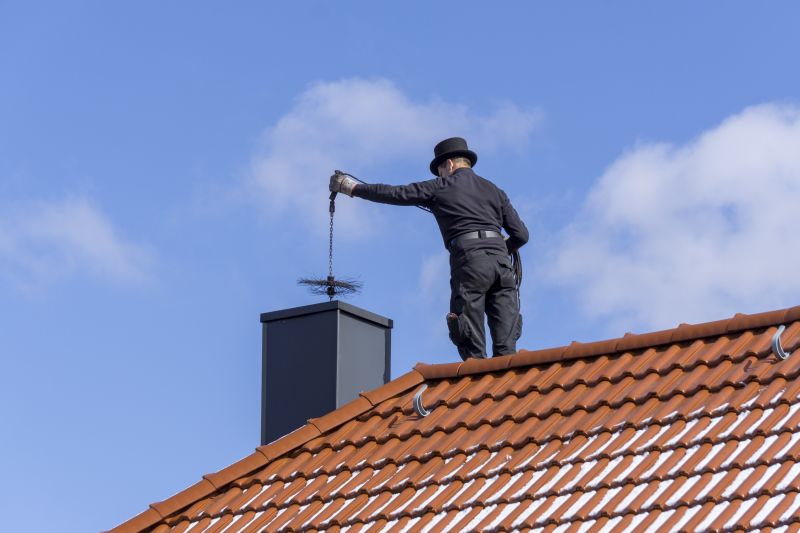
Technicians examine the chimney for cracks, blockages, and creosote buildup.

Brushes and vacuums are used to remove soot and creosote efficiently.
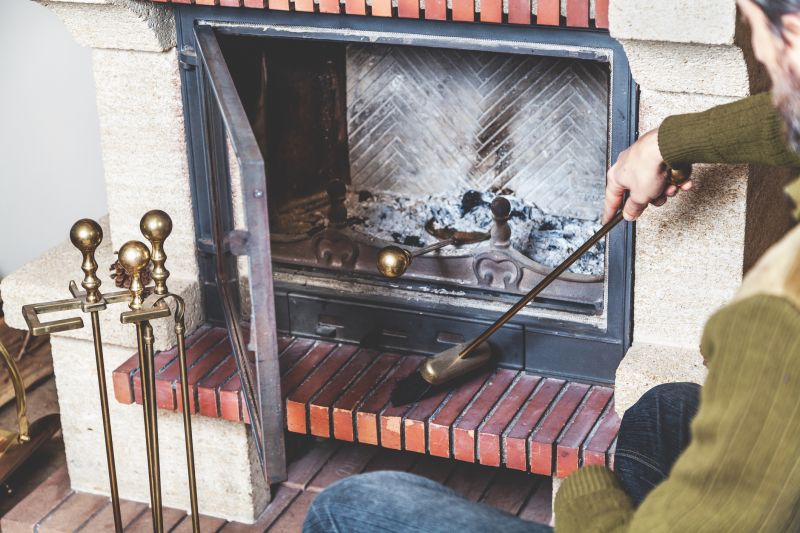
A clear flue promotes safe and efficient fireplace operation.
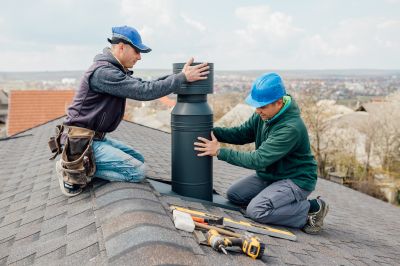
High-end options that actually feel worth it for Chimney Sweepings.
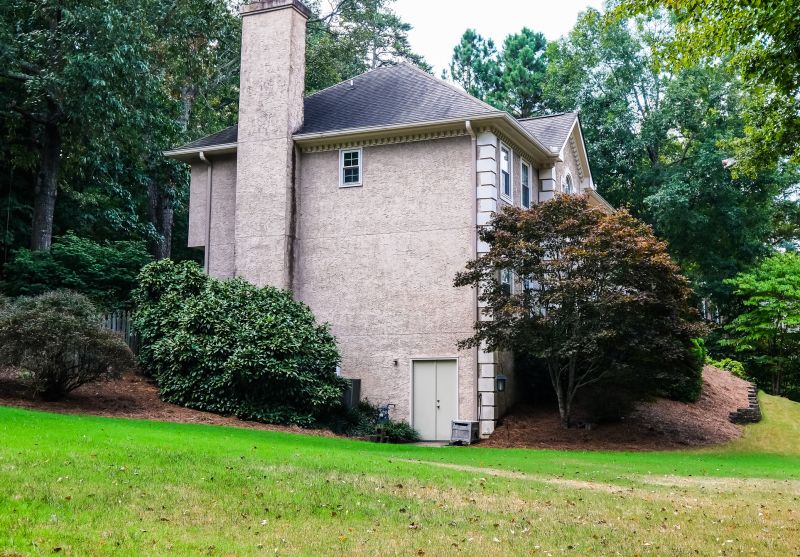
Finishes and colors that play nicely with Chimney Sweepings.
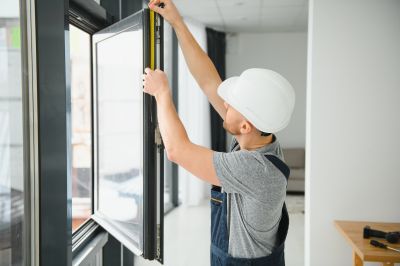
Little measurements that prevent headaches on Chimney Sweepings day.
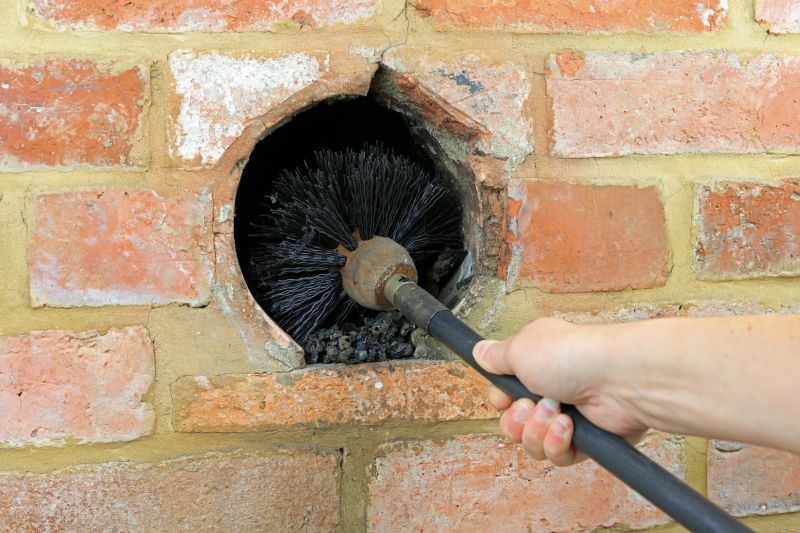
A 60-second routine that keeps Chimney Sweepings looking new.
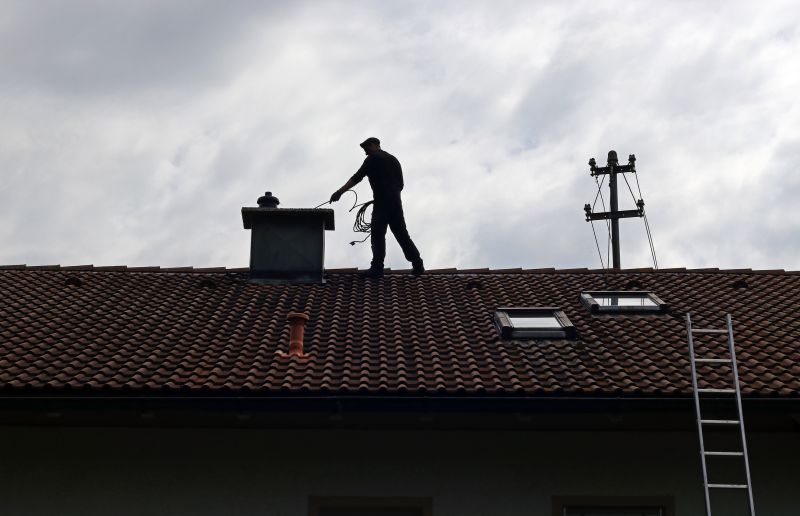
A frequent mistake in Chimney Sweepings and how to dodge it.
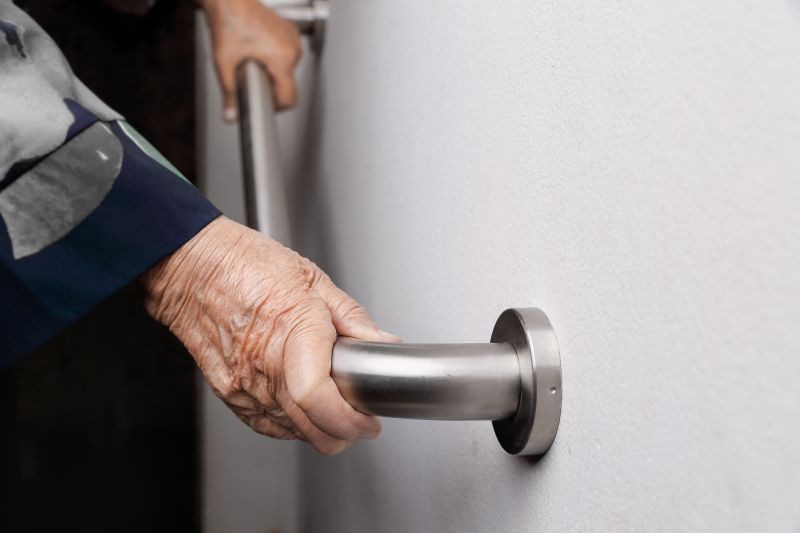
Small tweaks to make Chimney Sweepings safer and easier to use.
Regular chimney sweepings are vital for maintaining safety standards and ensuring proper venting. Neglecting routine cleaning can lead to dangerous chimney fires, smoke leaks, and decreased heating efficiency. It is recommended to have a professional inspection and cleaning at least once annually, with increased frequency for frequent users or older chimneys.

Properly maintained chimneys improve fireplace safety.
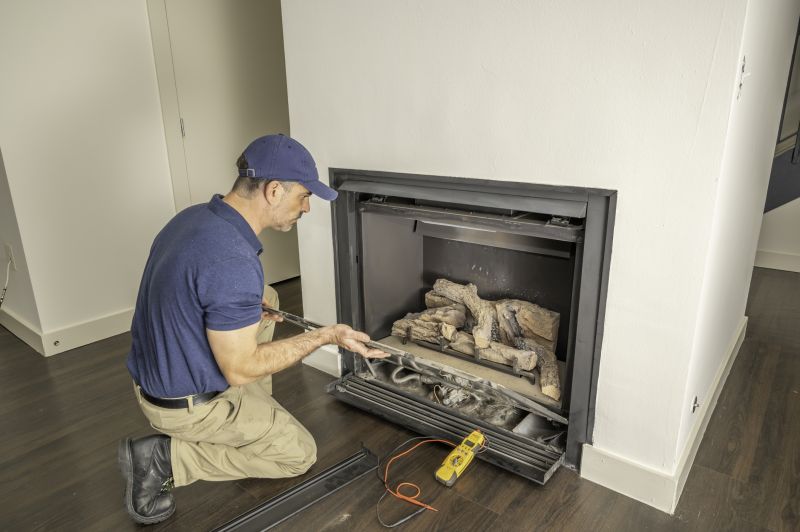
Visual and technical inspections help identify potential issues.
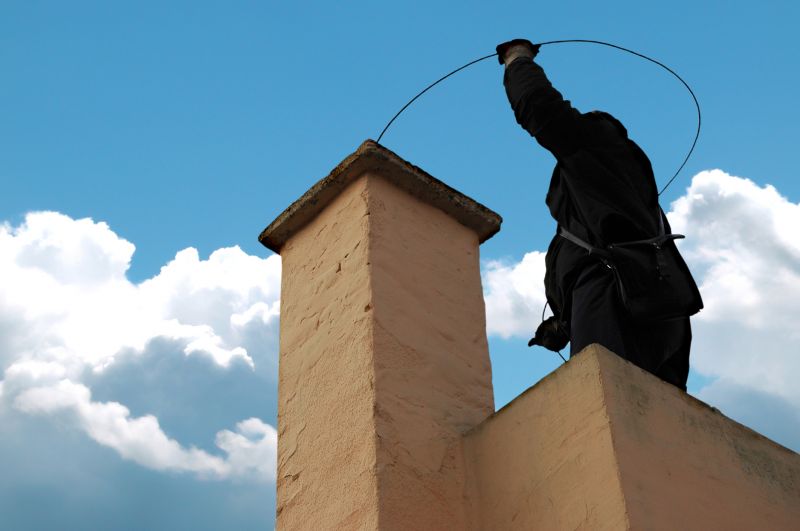
Professional cleaning reduces fire risks and improves efficiency.

Cap maintenance prevents blockages and animal intrusion.

Lower-waste or water-saving choices for Chimney Sweepings.

The short, realistic tool list for quality Chimney Sweepings.
Interested in scheduling chimney sweepings? Filling out the contact form provides a convenient way to arrange inspections and cleanings. Regular maintenance ensures safety and optimal fireplace performance, making it a valuable investment for property owners.
